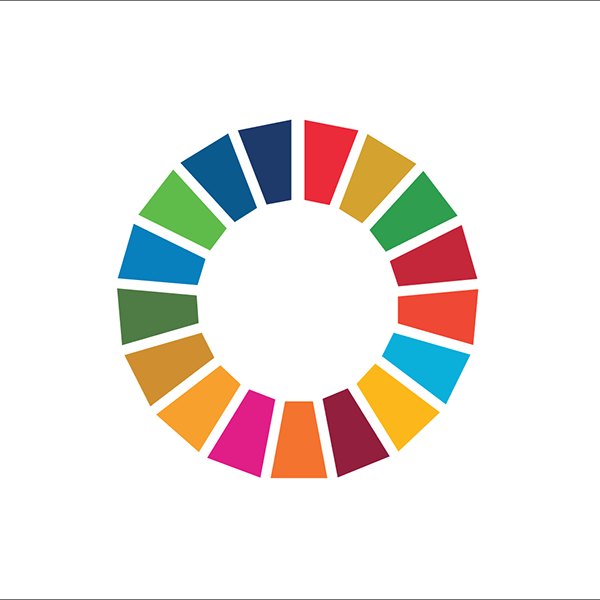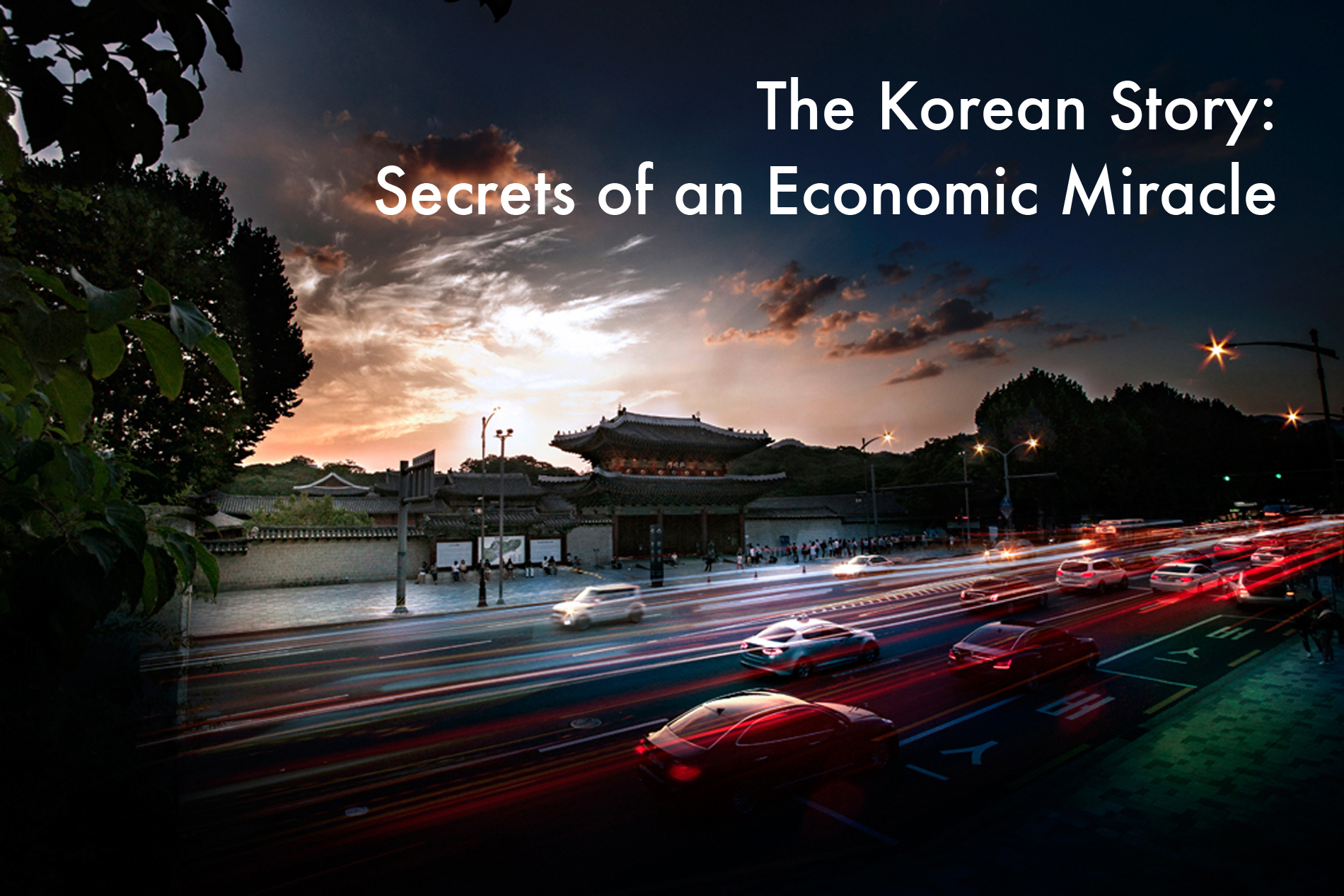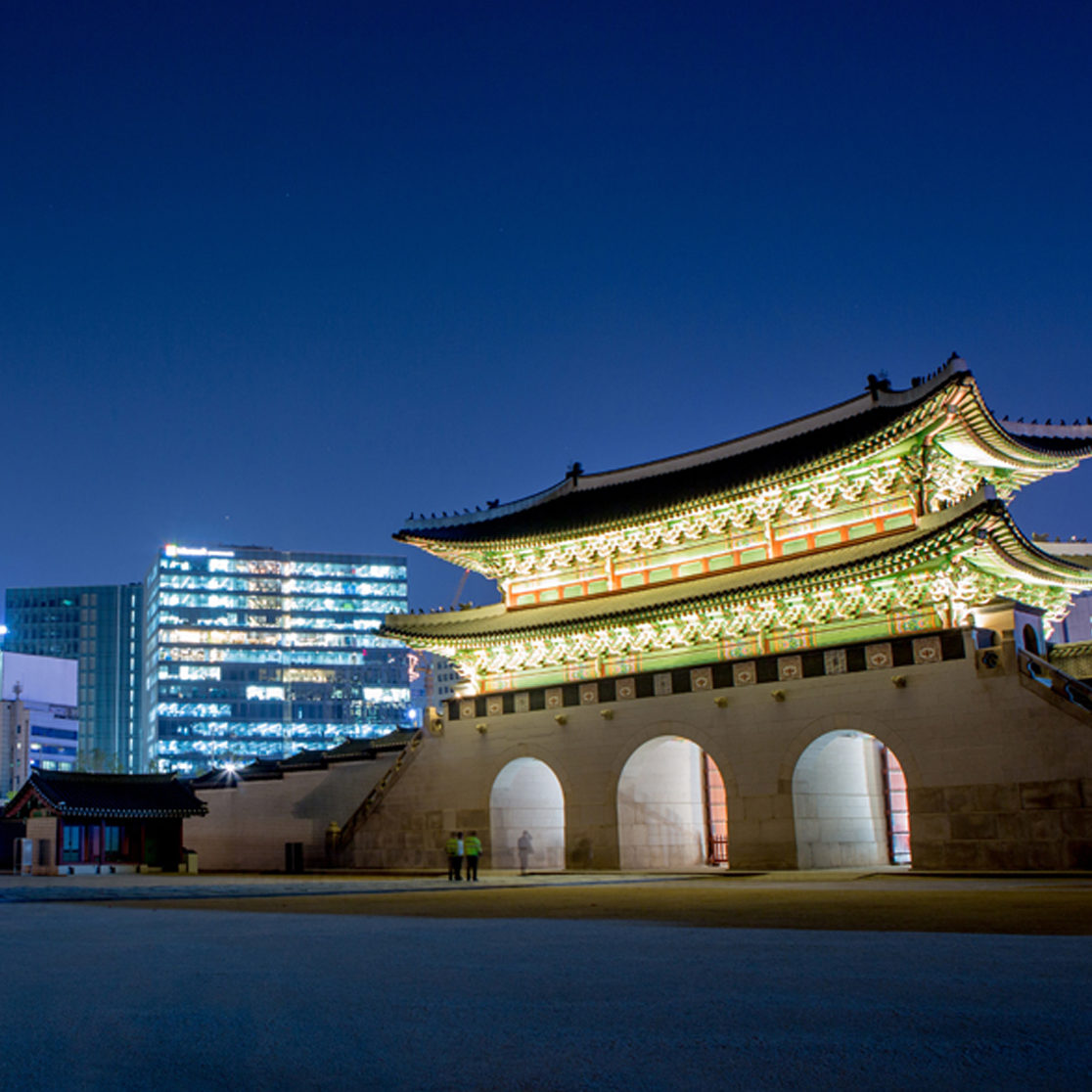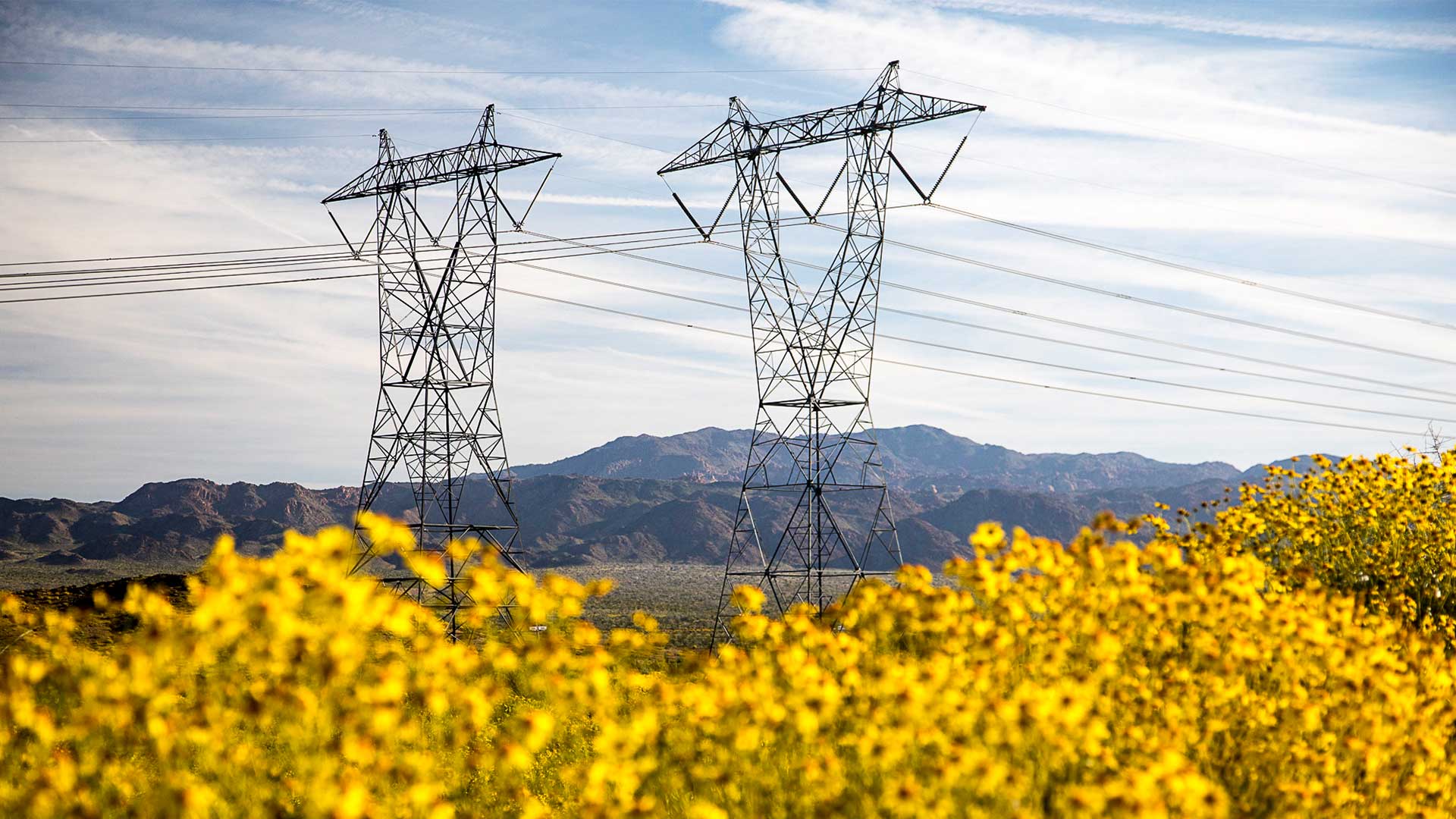The Korean Story discusses the socio-political and historical context that has shaped the economic growth of South Korea. It probes into how South Korea, post-WWII, was able to transform its economy within three decades to emerge as a leading innovation and technology center in the 21st century.
It highlights South Korea’s current status in terms of human development indicators and the SDGs and offers insights on how other countries can achieve similar growth stories with structured reform and policy measures.
The course features modules from eight leading Korean experts in economics, politics, education, health, gender empowerment, rural development, and transportation. The eminent thought-leader in economics and sustainable development, Prof. Jeffrey D. Sachs presents the introductory module about the Sustainable Development Goals (SDGs), while especially focusing on the Korean experience of setting goals and targets to achieve them.
The Korean Story: Secrets of an Economic Miracle is developed and produced by the KDI School of Public Policy and Management, in partnership with the SDG Academy.









